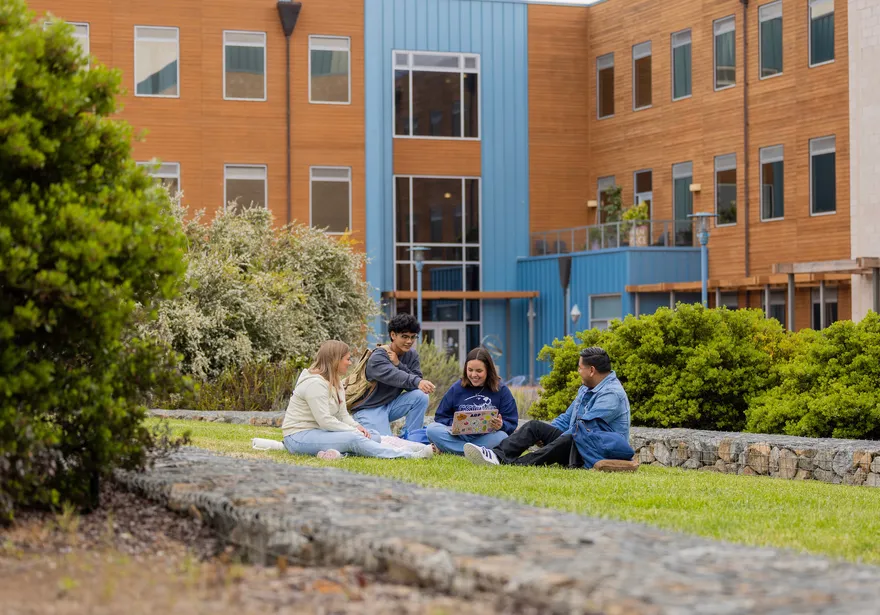
The Office of Community & Belonging advances CSUMB’s Otter Culture of Care by fostering a campus where all students, faculty, and staff feel welcomed, connected, and supported in every aspect of university life. We:
- Work collaboratively with campus partners to make care an intentional and ongoing part of our culture.
- Offer belonging-focused education, gatherings, and celebrations that strengthen relationships and community life.
- Provide human-centered, data-informed consultations to help individuals and departments create inclusive, caring environments.
Our work is grounded in the belief that a Caring University is built by people—together, intentionally, and over time. We strive to ensure that all Otters:
- Experience a genuine sense of belonging and community at CSUMB.
- Can fully engage and flourish—academically, professionally, and socially.
- Are part of a campus culture where care is not an occasional act, but an everyday practice.
.jpg)
Cultural Heritage Office
CSUMB is dedicated to returning Native American human remains and cultural items within its possession back to the Native American Tribes.

Ombuds
The Office of the Ombuds is an independent, neutral resource for informal problem-solving. The Office serves all members of the campus community.

Title IX
CSUMB’s Title IX office actively addresses issues related to sex discrimination, sexual misconduct and discrimination, harassment, and retaliation.
Land Acknowledgement
Cal State University, Monterey Bay (CSUMB) resides on the indigenous homeland of the Amah Mutsun, Esselen, Ohlone, Rumsen, Salinan people and territories. It is on these rich homelands, where CSUMB not only thrives as an institution of higher education, but also provides an education abundant with service and experience to a diverse community of learners. As our students, staff, faculty, alumni, and community members explore the university’s campus, remember to respect the land and take note of the natural beauty. Remember that Ancestors rest below pathways and in other less traveled areas on campus. We Are Here - Let Ka Lai
This statement was revised on March 11, 2024, in consultation with Monterey County Tribal leaders and CSUMB’s Native American Council. More details on CSUMB’s Land Acknowledgement are available on the Cultural Heritage Office website.